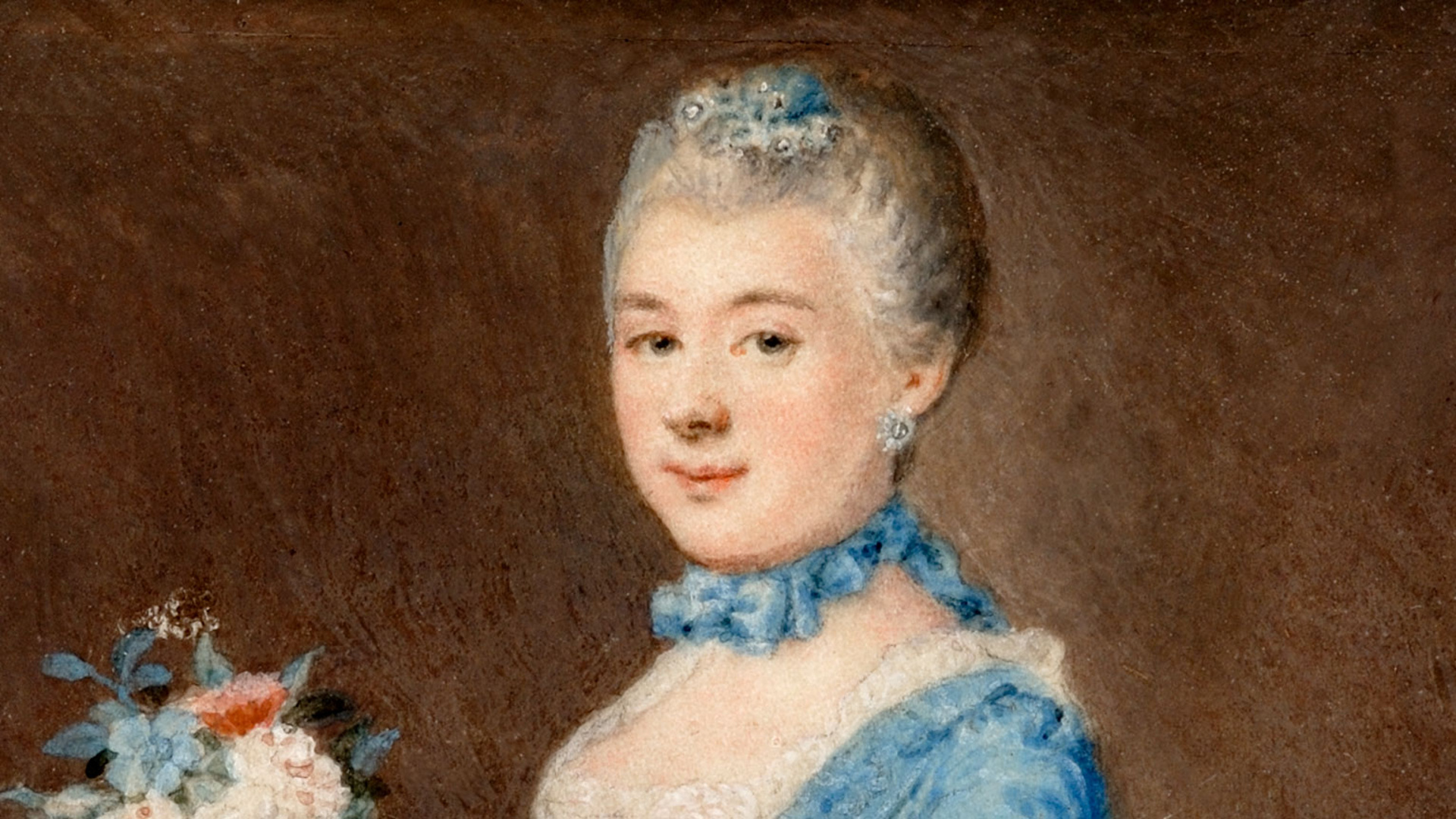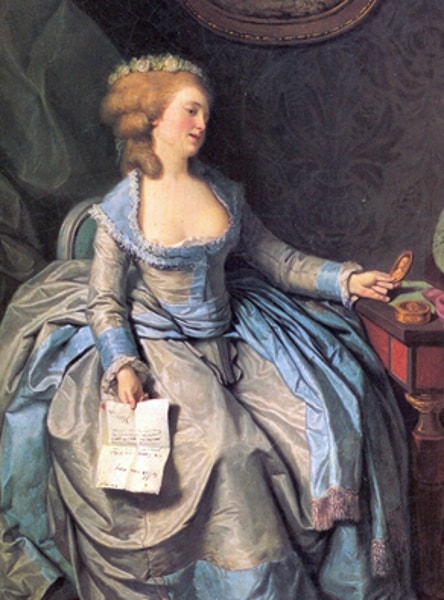
The Collection
Now on display at the Bomann-Museum in Celle, Germany, the Tansey Collection is one of the world’s largest and most important collections of miniature portraits. It focuses on Continental miniature portraits dating from the 16th century to the early 20th century.
Most miniature portraits were painted as keepsakes to be given to loved ones, and are therefore among the most personal items we have documenting art history. From the early 16th century onwards there were artists specialised in producing such miniatures. The “golden age” of miniature painting came towards the end of the 18th century and in the early 19th century.
The collection contains European miniatures from the late 16th century until the early 20th century. Almost all of them are portraits, yet occasionally one finds still lifes and landscapes. The main focuses are miniature painting from France, Germany, Austria and Switzerland. One special feature is the large number of miniatures dating from the rococo period, an epoch that is generally poorly represented in other collections. The portraits show people from the most varied social circles and walks of life – from politics, theatre, literature and painting – and frequently simply private individuals in their own surroundings.

Pierre Alexandre Wille, Lady with a letter and miniature (detail), 1782, oil on canvas, private collection
In 1997 part of the collection was converted into a foundation. It is being displayed section by section at the Bomann-Museum in Celle in a series of exhibitions with different subjects. The collection’s outstanding stock is illustrated by the fact that between 2000 and 2020 one general exhibition and five others covering specific eras were organised, each with around 150 to 160 miniatures from the Tansey Collection.
So far the exhibitions and accompanying catalogues have had themes such as items particularly dear to the collectors (2000), 19th century works (2002), the Revolutionary period from 1789 to 1799 (2005), the rococo period (2008), the time of Marie Antoinette (2013), the baroque period (2016) and the time of Napoleon (2020). This means that now over 1050 miniatures in the collection have been studied, published full-size in catalogues, and made accessible on the foundation’s website.